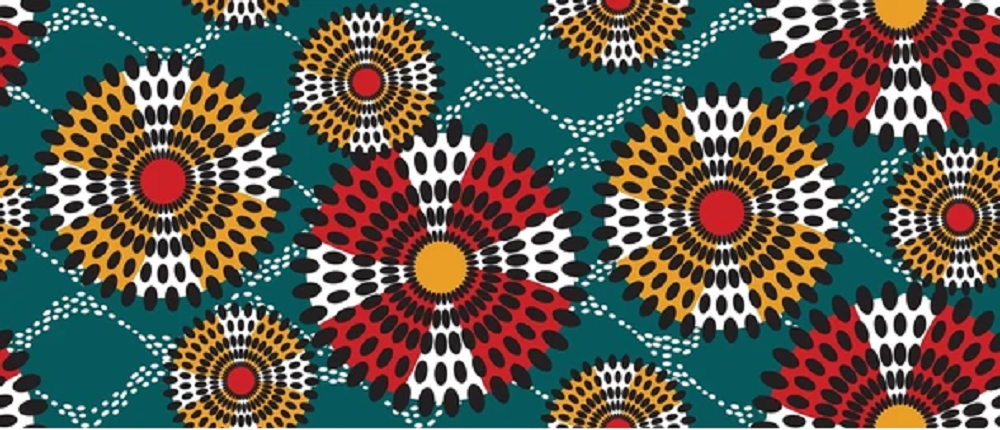Africa is a vast country fulfillment with colors, cultures, and traditions , including fashion from the stunning garments and they used lightweight fabric patterns. In this post, we’ll explore traditional and contemporary materials that not only define style but also resonate with history and identity across the continent.
Exploring Traditional African Fabrics
Kente Fabric:
Kente cloth is one of the most popular African textiles. This fabric is famous for vibrant colors and geometric patterns, showing historical stories and cultural values.
- Construction: For making this patterns required high level of skill because Kente is made from silk and cotton.
- Symbolism: Every color and pattern has own significance; like, black represents maturity and intensity, while gold shows wealth and status.
Kente cloth is not just worn during special occasions but it has symbol of African heritage worldwide.
Contemporary Fabrics in African Fashion
Ankara Fabric:
Ankara fabric also known as African wax print. It is very popular in recent years & used in modern fashion. It is very colorful fabric.
- Characteristics: Ankara is characterized by bold colors and patterns, easily recognized for their striking, vibrant designs.
- Influence: It has become in both domestic & international fashion made by famous designers who has combination with traditional contemporary looks.
Ankara represents the traditional global African fashion trends, making it a favorite among fashion lover.
Lightweight Cotton
Given Africa’s warm climate, lightweight fabrics such as cotton and linen are essential. These materials not only ensure comfort but also allow for breathability during hot days.
- Utilization: Comfortable cotton shirts, dresses, and trousers are popular choices, often embellished with local embroidery or print techniques.
- Sustainability: Many local artisans have begun focusing on sustainable practices in producing cotton and linen garments, which is a growing trend in African fashion.
Wearing breathable fabrics is crucial for both comfort and style, reflecting the practical needs of the climate.
Cultural Significance of Fabrics
Adire:
Adire, a traditional indigo-dyed cloth from the Yoruba people of Nigeria, stands as a testament to cultural heritage.
- Making Process: used tie-and-die technique in Adire, in which areas of the fabric are tied off or blocked through which create intricate patterns.
- Cultural Reflection: This cloth often reflects societal themes and can be used to convey messages about identity, spirituality, and heritage.
Adire is not just a fabric; it is a canvas that tells stories about the people who wear it.
Importance of Fabric in Identity
In many African cultures, fabrics as a symbols and status of identity.
- Ceremonial Garments: For particular celebrations like weddings or rites, specific fabrics are worn to indicate status and cultural traditions.
- Cultural Events: Festivals and cultural gatherings often see participants donning their best attire, highlighting the use of fabrics as a form of self-expression and societal representation.
Conclusion
What fabric resonates with you the most and why? Share your thoughts or personal styles in the comments below, and let’s celebrate the beauty of African textiles together! For further insights into African fashion, check out resources like The African Fabric or local artisan websites that promote sustainable fashion practices.




